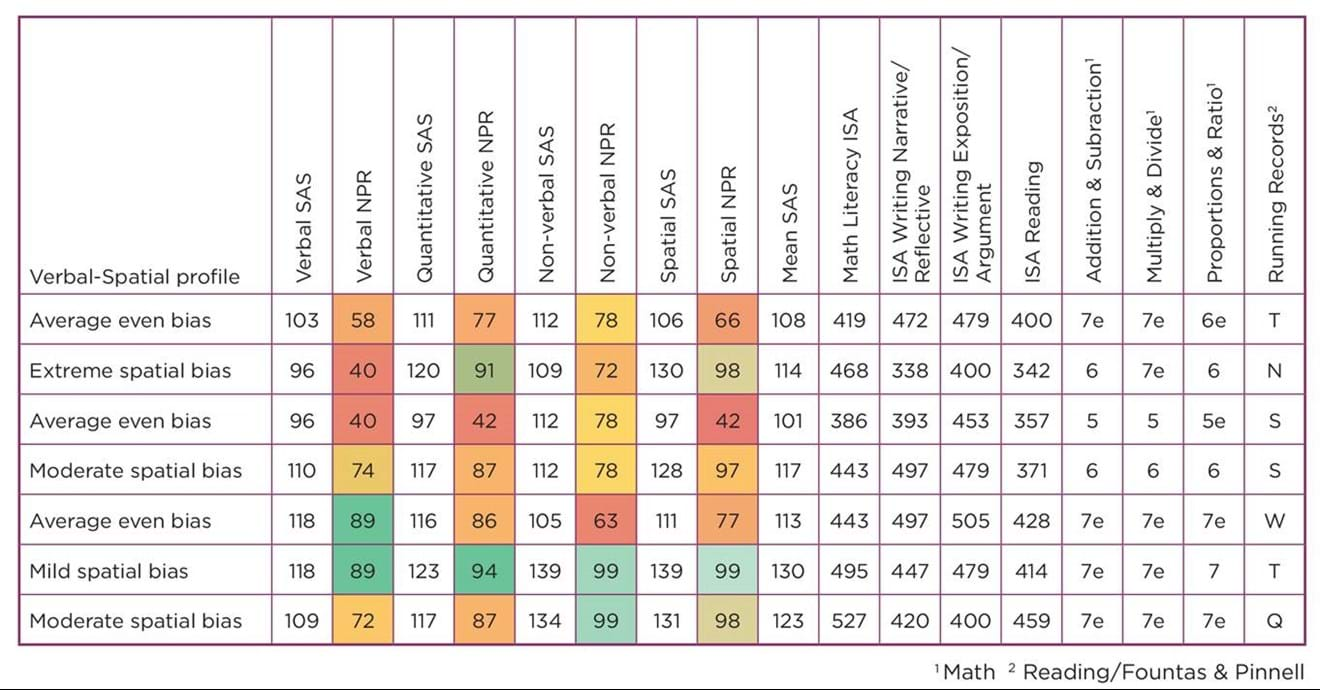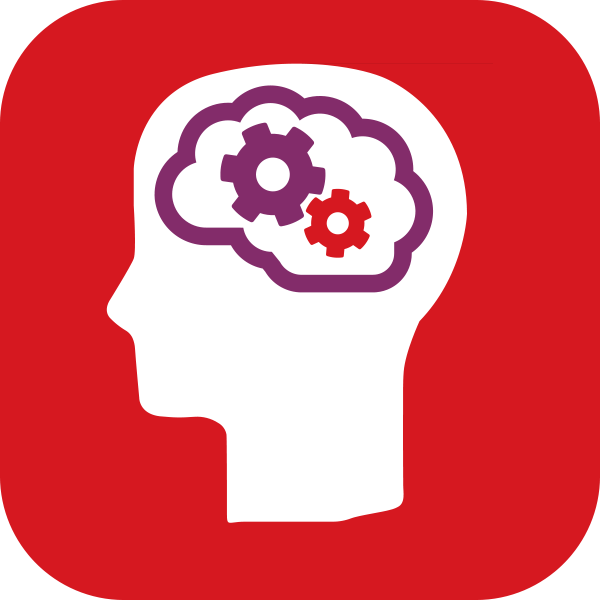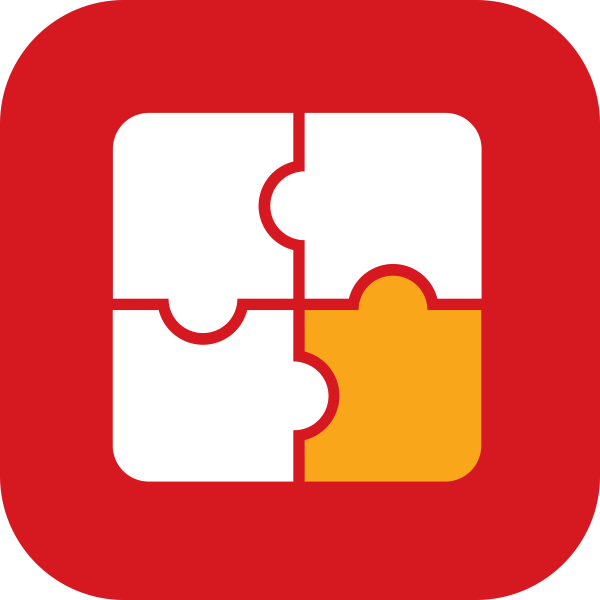“ ”

Assessing ability
As a Special Educational Needs Co-ordinator in a UK secondary school for 15 years, Luci had previously used GL Education’s Cognitive Abilities Test (CAT4). This is an assessment of reasoning ability that looks at verbal, non-verbal, mathematical and spatial ability, and is unrelated to any curriculum or first language.
Having successfully introduced CAT4 at her first international posting at an IB school in Brazil, Luci quickly realised that it could also help teachers at Nagoya International School gain an insight into the strengths and weaknesses of students.
“The IB curriculum is interdisciplinary and transdisciplinary, as is CAT4 – it provides unique information about children’s ability, regardless of previous schooling. The IB curriculum is also an inclusive curriculum that builds on individual skill sets. I knew CAT4 could help teachers differentiate effectively and pick up issues that might otherwise be missed, such as a child who starts to show signs of underachieving.”
Last year, the school undertook a pilot test with several year groups to demonstrate the value CAT4 could add.
Luci explains more: “Assessing ability is not commonly done in international schools, so there was some initial confusion amongst staff as to exactly what was being tested. Some were open to the idea but felt unsure as to why it would be more useful than a straightforward attainment test. Others felt the students could be guessing the answers as they didn’t appear to spend much time thinking before they responded.
"The pilot test allowed everyone to see how easy CAT4 was to use, how quickly we could gain information we didn’t already have and how results came in a usable format. One of the children we assessed spoke English as an additional language and could often be disengaged in class. The CAT4 results showed that his underlying ability was quite strong, and that his language skills were holding him back. We had suspected this and enrolled him on our intensive English Language programme but the CAT4 pilot gave our Senior Leadership Team the chance to see the benefits of having confirmation.
"For any school that is considering introducing these assessments, my advice would be to give the teachers a chance to sit the tests themselves as this can really demonstrate why children don’t need to spend a long time thinking about how to answer, or why EAL children are not at a disadvantage.”
Supporting staff understanding
The results from the pilot test and a visit from Matthew Savage, Secondary Headteacher of the International Community School in Amman, Jordan, convinced the senior leadership team to roll out CAT4 to the whole school.
“Matthew’s own experiences around initiating ability testing in his school were very interesting for our staff to hear," Luci explains. "Without meeting our students and just by looking at our CAT4 data, he was able to create swift pen portraits of several students and was extremely accurate in his understanding of those children.
His visit underlined how useful CAT4 is, and helped to demonstrate to staff that it was no reflection on teaching standards if students got low scores."
To support staff understanding, Luci put together a teacher guidance pack detailing the background to CAT4 and what it assesses, questions teachers might like to ask themselves such as ‘Does it match what I’d expect to see?’ and an explanation of key terminology.
She also included the Teacher Guide that accompanies CAT4. “I wanted to make it very clear what the data from the assessment could show us, while emphasising the continued importance of teachers’ judgement. I explained concepts such as ‘confidence intervals’ to allay their fears that a student’s ‘bad day’ does not significantly throw out their results.
I also mocked-up a triangulated sample of CAT4 results from our Grade 5 children with their International Schools Association (ISA) attainment data and teacher grading to show how all these elements work together to paint a picture. It struck a chord as, when I distributed the report, I could really see how the benefits were starting to click into place for many of our teachers.”

The table Luci shares with teaching staff that compares data from CAT4 with information from other assessments. The next stage will be to add PASS data to the chart.
“ ”

Support and inclusion
The current Head of the Student Services Team, Kim Humphreys, has also been an advocate for using CAT4 beyond core teaching.
Luci explains “With a background in psychology and assessment, she has been making the most of the results yielded by CAT4 to identify any hidden pockets of special educational needs or underachievement. She had already used CAT4 as an early screener for specific children of concern and now has copies of all the reports to ensure no child is missed nor their abilities misunderstood. She also uses the data to ensure our student service resources are allocated effectively to where help and intervention is most needed.”
The IB Diploma Co-ordinator has also used CAT4 when starting to think about option choices for the current Grade 10s.
“As a scientist, our Diploma Co-ordinator was keen to do some number crunching with a small group of last year’s IB students to compare IB scores with CAT4 results. He noted a correlation between the mean SAS CAT4 score and final DP score. However, this was based on a very small sample. He is beginning to look at Grade 10 CAT4 scores as a predictor of DP performance but would like to see more data. He has recently encouraged other teachers to look at the CAT4 reports when discussing Grade 10 subject options”.
The team share information about the assessments with the students too: “It has been important to explain the reasons why we use the CAT4 assessment to students too and emphasise that there are no right or wrong answers. Initially, many of the children wanted to revise and prepare for the CAT4 assessment. Having sat it, they then immediately wanted to know, ‘Was I good enough? Will I pass?’. They now understand the purpose of the assessment and the advantages of teachers having access to the wealth of information it provides. Each child’s results will shortly be shared with their parents, and I’m anticipating some interesting discussions regarding results.”
Completing the picture
Understanding that attitude to learning goes hand in hand with attainment and ability, the school has recently piloted the Pupil Attitudes to Self and School (PASS) survey which measures students’ attitudes to learning which can have an impact on their outcomes.
“The IB Learner Profile is a blueprint for the character we are trying to build in each child, so PASS will be able to help us get a sense of where they see themselves and make sure we are creating an environment where they feel confident to take risks in their learning. Previously we have not had any information on this, apart from the odd ad hoc student survey on issues such as health anxieties.
“We have discovered our students have very positive attitudes to teachers and school. However, we did uncover evidence that some students were harbouring quite negative attitudes to themselves as learners and their work ethic.
“There is a culture of perfection that exists in high school students, which can result in the perception that if a task isn’t hard, you aren’t doing enough, so to some extent we had anticipated this. But with the evidence in front of our eyes from PASS, we have started to think about how we communicate how we think about success at the school and how we can help ensure that getting into a top USA university is not the only aspiration for our students.
“We can focus more on building multiple career pathways and we’re hoping to alleviate any pressure on our students and broaden their horizons – for example, one student recently did an internship at the Hilton Hotel and now has a job there.
“It can take time to convince people to do things differently, but our community is beginning to understand that nothing is a full stop on a child. No single piece of data tells the complete story by itself, you need to put everything together.
“We have great faith in our teachers’ judgement, and having the data to back up decisions being made in the classroom is a powerful combination for encouraging progress.”

“ ”

Future plans
These are the next steps Nagoya International School will be taking to ensure the new assessments add maximum value:
- Creating triangulated data sheets for each class – using CAT4 results, ISA data and teacher grading. These will be ready for the start of a new term in August so teachers have a 360° degree picture of each child.
- Organising training for teachers – to make the best use of the data sheets. This will focus on how to group children together, how to teach to the strengths of a class or, as the IB curriculum is concept-based, how to amend the way those concepts are taught.
- Delving into CAT4 results – to help make sure children have the prerequisite ‘approaches to learning’ skills they need for all subjects across the IB curriculum. By checking if children have the verbal aptitude necessary for communication skills, for example, the school will be able to tailor their ATLs to the needs of each group.
- Including PASS results on the data sheets – to have a total picture of their students’ strengths. After all, the IB learner profile describes ‘a range of capacities and responsibilities that go beyond academic success’.
- Investigating GL Educations’ New Group Reading Test (NGRT) – to track students’ reading scores over time.
Teacher Guidance Questions
Some of the questions from the “What Should I Be Looking For?” section of the guidance document that Luci developed to support teachers in adopting the new assessments.
- Compare the CAT4 scores with the results of your own assessments, are there any anomalies? Are any students doing better or worse than you would expect? What might be the reasons for this?
- Is there a disparity in individual student’s scores across the four types of ability? For example, a very low verbal score in relation to the other scores may indicate a specific learning difficulty in a native English speaker.
- What are the non-verbal, quantitative and spatial scores of the EAL learners in your class? This should give you an indication of what they would be capable of in their first language and can guide you towards appropriate levels of challenge.
- Do any of your students lack motivation in class? Do their scores explain why this might be the case? It could well be that they are actually really struggling with the material being presented to them and so are masking this with low levels of engagement.


